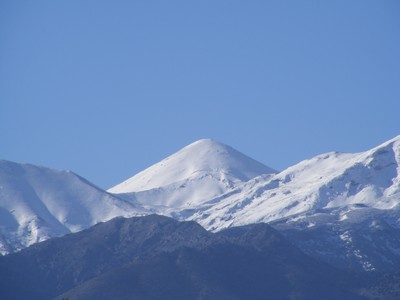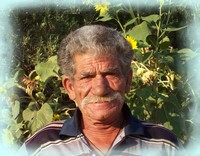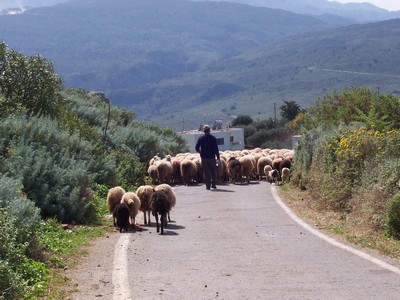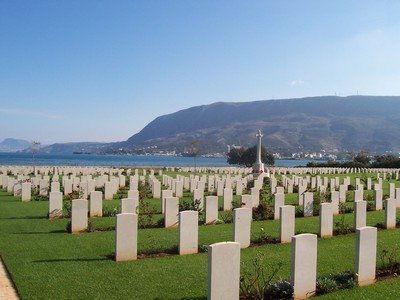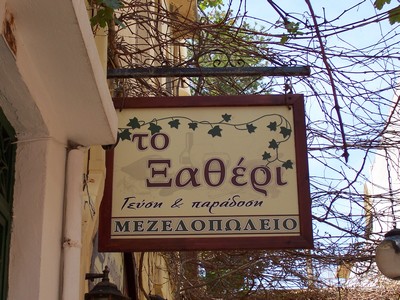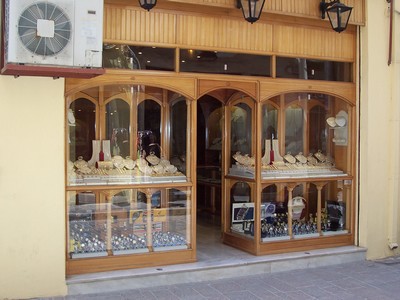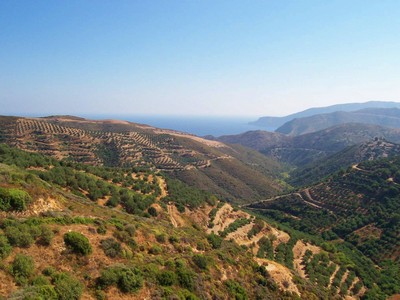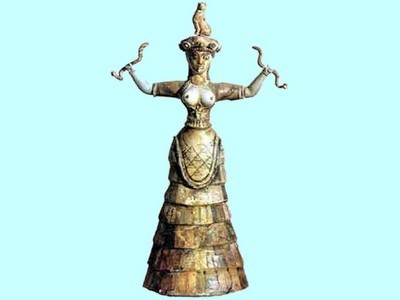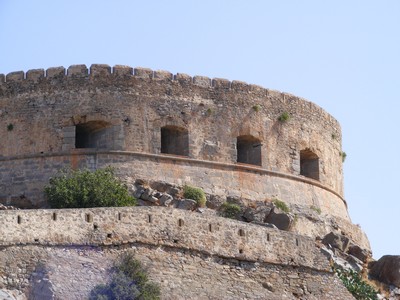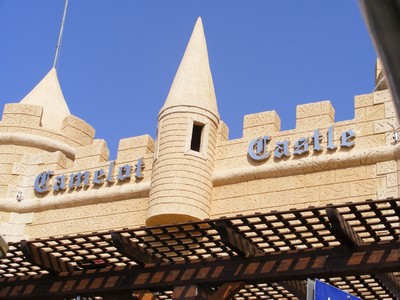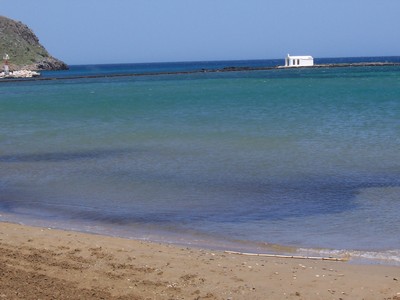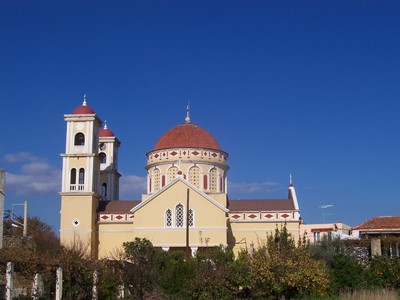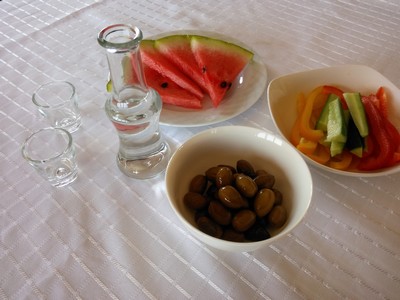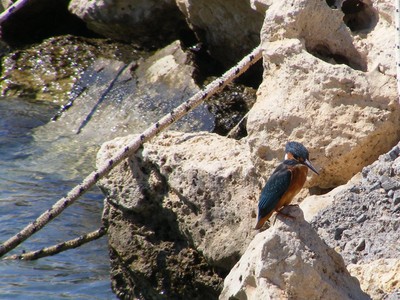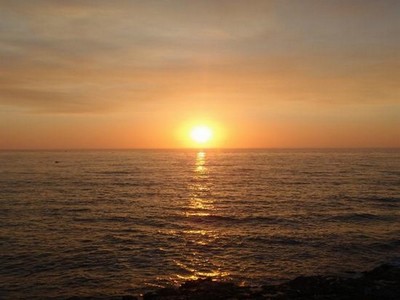The Mountains and Gorges of Crete
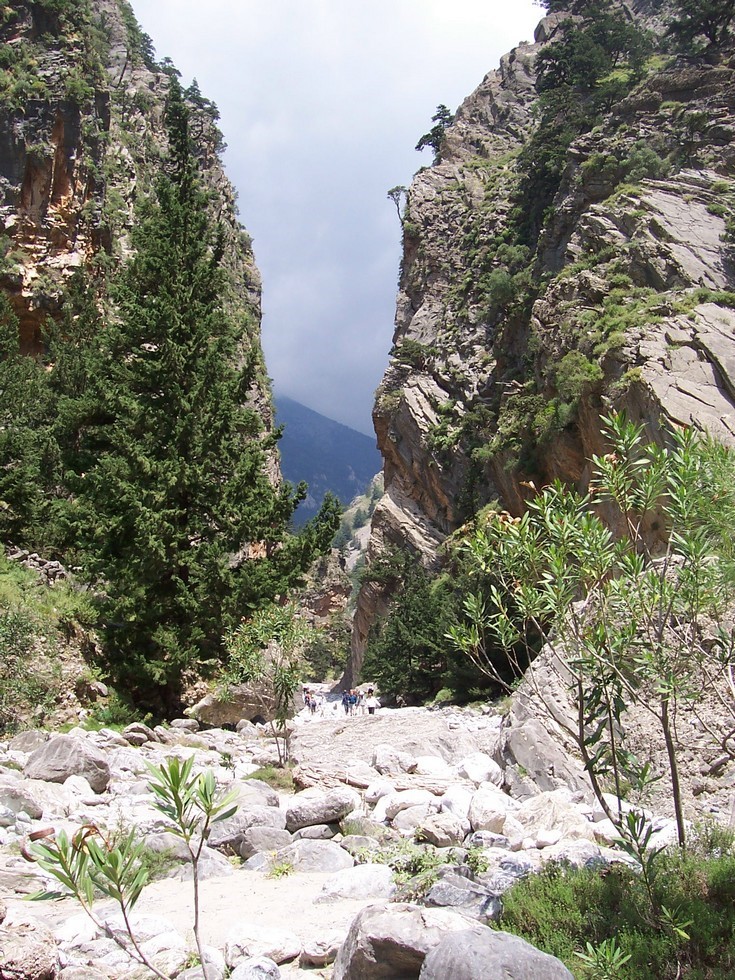
This Mountains and Gorges of Crete section hopes to give you a flavour of the beauty of this wonderful Greek Island.
You can sit and stare in wonder at these Mountains and Gorges of Crete – or get hiking, trekking, walking, cycling or climbing with this interesting, entertaining and unfussy Guide. There are many ways to enjoy the beautiful Greek Island of Crete...
...stretching out on a sandy beach, soaking up the sun, swimming, snorkelling, wining and dining, dancing the night away, taking a boat trip to watch the dolphins, visiting museums stuffed with Minoan archaeological finds, checking out the actual locations of Greek mythology, discovering the warmth of the Cretan people etc etc.
Well you can have all that and much, much more...
If you are a relatively healthy and active person, the most memorable and enjoyable experiences can be found by exploring the island during long walks or hikes. The Mountains and Gorges of Crete have fabulous flora and fauna which is unique and the scenery breathtakingly stunning and can really be appreciated while out walking.
For the more adventurous there are so many opportunities to explore the great Mountains and Gorges of Crete. Trekking, caving, mountaineering, cycling, climbing and hiking through the mountain ranges, gorges, caves and plateaux is a challenging yet rewarding way to discover Crete and all her beauties.
We’ll gather all the information that you will need as we get first hand experience and reports from the various magnificent Mountains and Gorges of Crete
Mountains of Crete
The Greek Island of Crete is the most mountainous island of Europe with a high mountain range crossing it from West to East, formed by three different groups of mountains.
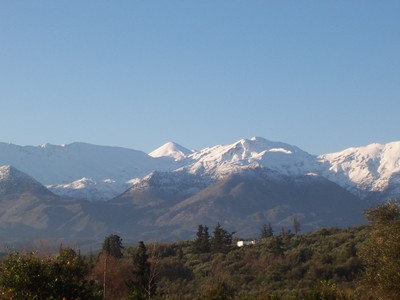
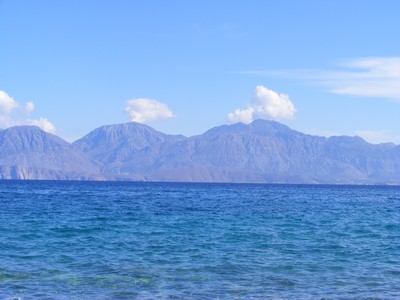
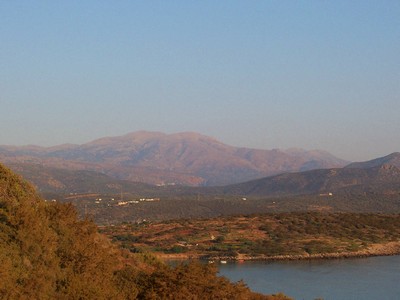
The White Mountains
The White Mountains or Lefka Ori dominate the landscape of west Crete. They are called White Mountains not because they are covered in snow until late in the spring, but because the sun reflected on the limestone summits gives the appearance of whiteness.
Find out more about the White Mountains of Crete.
Mount Ida
Mount Ida or Psiloritis is a single elongated mountain mass whose highest peak is Timios Stavros (2456m) and is the highest point in Crete. West of Knossos and dominating the landscape of central Crete, Mount Ida is just 3m higher than Pachnes, the highest summit of the White Mountains. Amongst the Mount Ida mountain range are numerous caves, gorges and plateaux.
Find out more about Mount Ida in Crete.
The Dikti Mountains
In east Crete is Dikti or the Lassithi Mountains, a range with many peaks, the highest being Spathi at 2148m. The Mount Dikti range and the Lassithi Plateau, which spreads out between the peaks is home to many myths and legends of Greek mythology.
Find out more about the Dikti Mountains in Crete.
Gorges of Crete
There are several wonderful gorges to explore on the Greek island of Crete. If you enjoy flora and fauna, walking, trekking and hiking you’ll love visiting Crete. There are many gorges to explore around the Island.
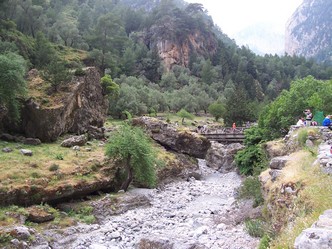
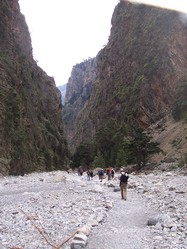
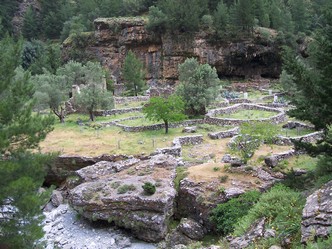
Samaria Gorge
The most impressive of all the gorges of Crete is the famous Samaria Gorge in the Chania region of West Crete. The Samaria Gorge is the longest in Europe, some 18 km and renowned for its majestic beauty. Hiking down the gorge is permitted from May to the end of October, depending on the weather.
For a really good insight, please click this link to read about our personal experience Walking Samaria Gorge.
Imbros Gorge
Imbros Gorge (also known as Faragi Imbrou) is a 11km long canyon located near Hora Sfakion in the Chania region of West Crete. This is a very pleasant and relatively easy walks and, after Samaria, attracts the largest number of tourists.
Find more about Imbros Gorge in Crete.
Agia Irini Gorge
The Agia Irini Gorge (also known as Ayia Irini) is a section of the world famous E4 European Walking Path and is much less crowded than the Samaria Gorge and thus more appealing to some. We walked the Agia Irini Gorge in mid October 2007 and really enjoyed it
Click here for our own very personal account of walking Agia Irini Gorge!
The Agia Irini Gorge is close to the Samaria Gorge and is located at the White Mountains of Chania in West Crete. The gorge itself is about 7km long and is simply stunning.
Other Crete Gorges
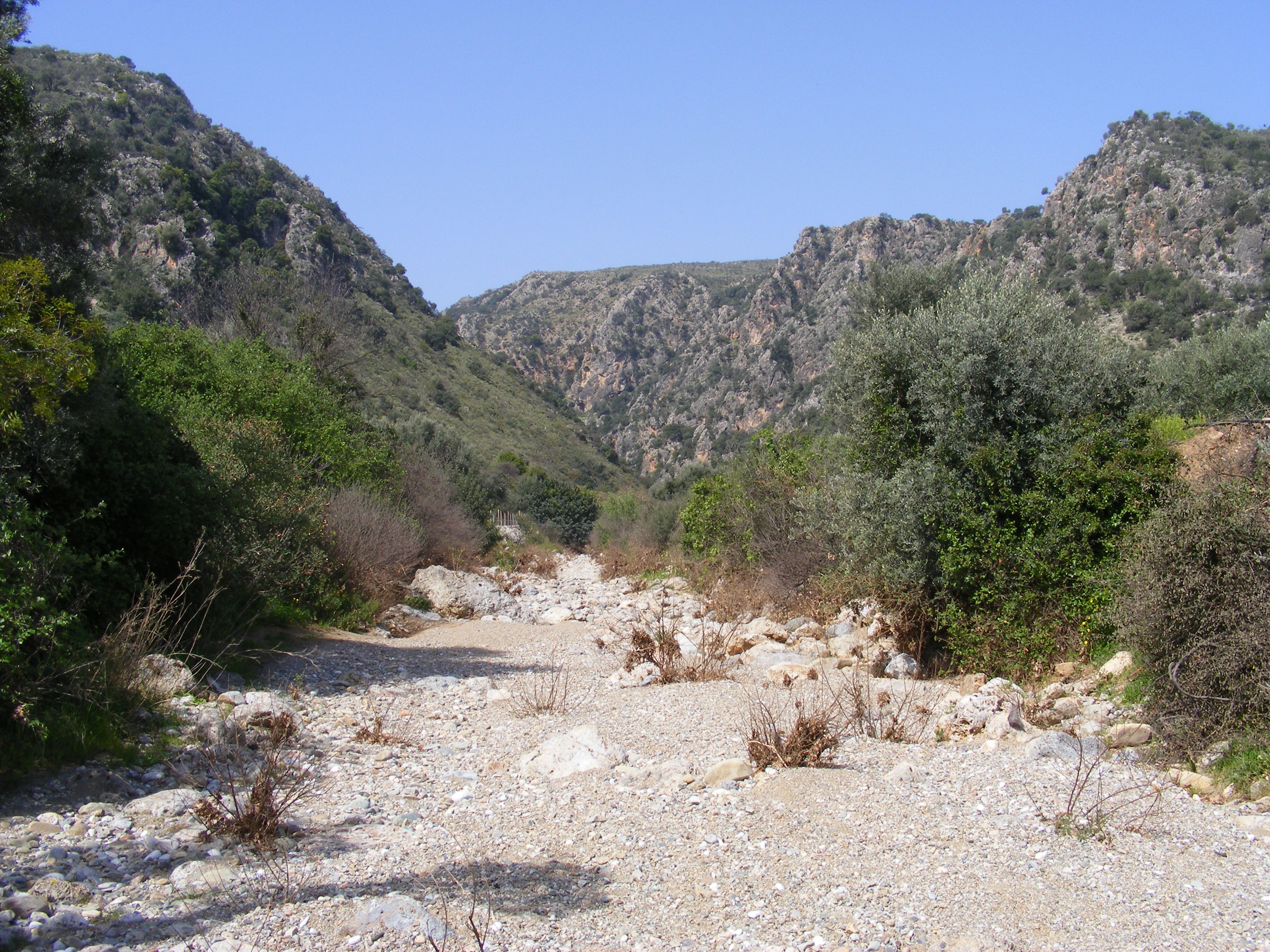
Butterfly Gorge
Butterfly Gorge begins high up on the road to Orino and ends at Koutsouras National Park in the Lassithi region of Crete close to the village of Makriyialos. Pefki Gorge
Pefki Gorge begins just outside the village of Pefki on the road to Agios Stephanos and ends at Aspros Potamos. Again the Pefki Gorge is found in the Lasithi region of East Crete close to the village of Makrigialos.
Moni Kapsa
Moni Kapsa Gorge begins at the village of Kato Pervolakia and ends at the Monastery of Kapsa. This gorge is the deepest of all three of the gorges in the Lasithi region of East Crete close to the village of Makrigialos.
The Gorge of Zakros
Zakros marks the very end of the the long distance walking route named the E4 path, which is throughout Europe and goes through the Gorge of Zakros. It is found at the far east of the Crete in the Lasithi region.
Find out much more about the Gorges of Crete
Just Some of the Reasons We Love Crete
Did you love this page? Please share it with your friends!
© Copyright All Original Content 2006 - 2024 Completely-Crete.com. All
Rights Reserved. Reproduction in whole or in part without permission is
not permitted.
Click here to learn about developing your own money-generating website
from Solo Build It! - even with little or no web experience!
